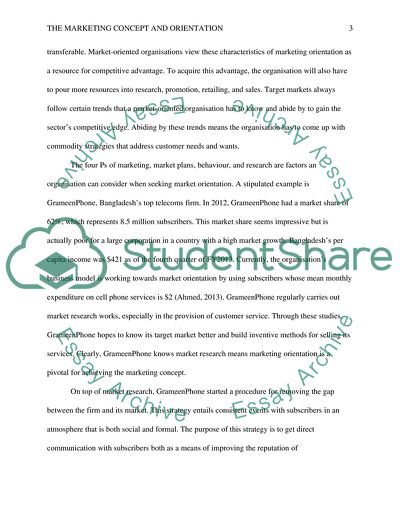Cite this document
(“Marketing concept and marketing orientation Essay”, n.d.)
Marketing concept and marketing orientation Essay. Retrieved from https://studentshare.org/marketing/1671685-marketing-concept-and-marketing-orientation
Marketing concept and marketing orientation Essay. Retrieved from https://studentshare.org/marketing/1671685-marketing-concept-and-marketing-orientation
(Marketing Concept and Marketing Orientation Essay)
Marketing Concept and Marketing Orientation Essay. https://studentshare.org/marketing/1671685-marketing-concept-and-marketing-orientation.
Marketing Concept and Marketing Orientation Essay. https://studentshare.org/marketing/1671685-marketing-concept-and-marketing-orientation.
“Marketing Concept and Marketing Orientation Essay”, n.d. https://studentshare.org/marketing/1671685-marketing-concept-and-marketing-orientation.


